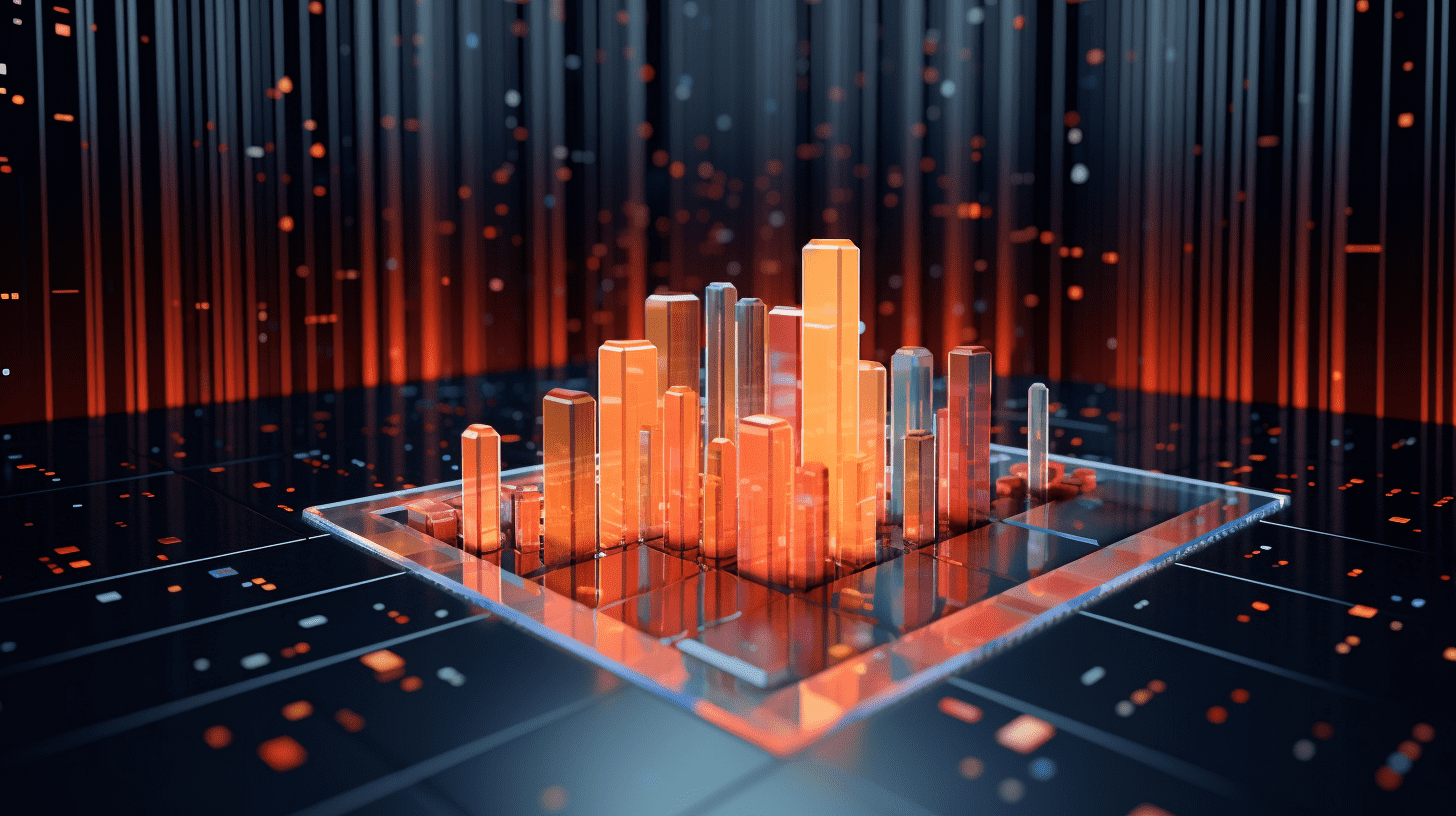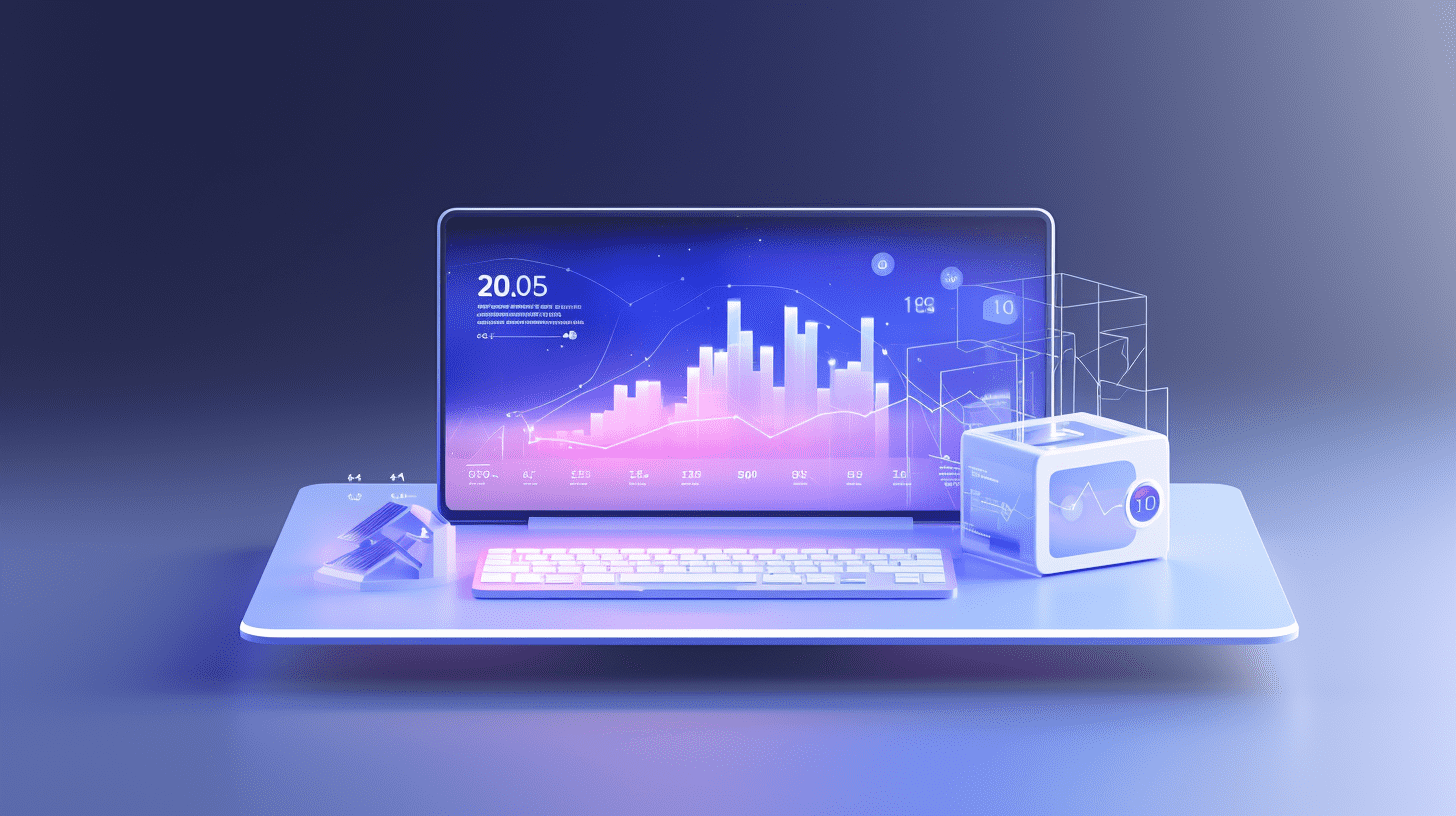The moment of "AI Faith vs. Interest Rate Hammer" has arrived! The soaring global stock market is facing a "stress test" from the Federal Reserve.
Global stock markets enjoyed gains after the optimistic sentiment regarding trade was followed by the "reality stress test" initiated by the Federal Reserve.
For the global stock markets, which have been riding the wave of optimism in the global trade situation and the booming trend since the low point in April, the interest rate decision announced by the Federal Reserve on Wednesday and Powell's remarks on the policy path at the press conference are likely to remind investors in time - the monetary policy expectations of the Federal Reserve still pose significant risks to this crazy rise dominated by AI and optimistic trade sentiment.
After rebounding significantly from the brief sell-off triggered by Trump's tariff "Liberation Day" in early April, the benchmark index that measures the global stock market movements - the MSCI All-Country World Index, is in its fourth consecutive month of rising. The frenzy of AI-driven tech stocks, combined with positive signs of progress in trade negotiations between the U.S. and China, the EU, Japan, the UK, and other global trading nations, as well as the YOLO bullish sentiment driven by bets that the Federal Reserve will cut interest rates twice this year, have overshadowed the pressure on corporate profit growth due to tariff pressures and high valuations.
YOLO - stands for "You Only Live Once" and is a group of aggressive investors who are keen on betting heavily on a particular stock with a "gambling-like" approach. The "YOLOs" have been particularly obsessed this year with betting heavily on companies in the hottest AI computing industry chain such as NVIDIA, Broadcom, and TSMC, riding the bullish trend in the AI craze, betting that the "AI faith" will continue to make waves globally.
The interest rate swap market expects that the Federal Reserve will not take any policy action on Wednesday, and even if President Trump and some members of Congress pressure Federal Reserve Chairman Powell, traders are only giving a 60% probability of a rate cut in September. However, global investors will closely watch Powell's remarks after the interest rate decision to gauge when the Federal Reserve will again reduce borrowing costs.
Is a global stock market correction inevitable?
Doubts about the future direction of monetary policy and Trump's tariff policy have not dissipated. After the U.S. government reached a controversial initial trade agreement with the EU on Sunday, global economic policy uncertainty surged, but stock market volatility remained indifferent. The Cboe Volatility Index (VIX) recently fell below 15 and closed near annual lows on Monday.
"Our sentiment and positioning framework still emits slightly moderate sell signals, but more negative catalysts are needed to trigger a significant pullback in risk assets," said Max Kettner, a stock strategist at HSBC. "In our view, the most likely catalyst is a more hawkish stance from the Federal Reserve."
However, strategist Kettner believes that the current market positioning levels have not reached extreme levels that could trigger a significant pullback, especially considering that subjective bullish investors and some systemic-level strategy risk exposures are far below the highs of 2021.
This week will also see a series of crucial U.S. economic data releases and the Bank of Japan's interest rate decision. As it stands now, investors seem unconcerned about the 10-year U.S. Treasury yield, dubbed the "anchor of global asset pricing," hovering near historical highs of 4.3%-4.5% - according to historical patterns, this yield level should be "high enough to sell stocks" for stock market investors.
So far this year, U.S. bond investors have been demanding higher "term premiums" due to inflation concerns sparked by Trump's global trade war and increasing debt pressures from the U.S. Treasury Department. If the 10-year U.S. Treasury yield reaches 4%, it will undoubtedly help propel the stock market into an upward trajectory, especially for tech stocks closely related to artificial intelligence whose valuations are expected to receive positive catalysis.
On a theoretical level, the 10-year U.S. Treasury yield equates to the risk-free rate indicator r on the denominator side of the DCF valuation model, a key valuation model in the stock market. With no significant changes in other indicators (especially the numerator side of earnings expectations) - such as during earnings seasons when there are no positive catalysts on the numerator side, if the denominator level is high or remains operating at historical highs, the valuations of risky assets such as tech stocks, high-yield corporate bonds, and cryptocurrencies face the risk of collapse.
This week, rate cut expectations may be reshaped
"If multiple U.S. economic data released this week are better than expected and the Federal Reserve remains unaffected by political pressures, choosing to stay put, and the Bank of Japan may also become more hawkish, then global markets' expectations of a rate cut by the Federal Reserve could be reassessed," Kettner said.
Analysts at Citi point out in their latest research report that signs of weakness in the U.S. labor market could lead to a reassessment of more dovish expectations from the Federal Reserve, leading to a new round of dollar depreciation. Citi expects non-farm employment growth in July to slow to 100,000, with the unemployment rate possibly rising to 4.2%. "We must remember last summer - the Federal Reserve kept rates unchanged in July but then received weak labor market data and cut rates by 50 basis points in September 2024," wrote analysts at Citi Group.
However, if non-farm employment surpasses expectations, expectations for a rate cut by the Federal Reserve in September could be significantly weakened, leading the market to start pricing in only one rate cut this year or even no rate cuts, ultimately leading to a significant cooling of global equities due to loose expectations.
Ahead of the Federal Reserve's rate decision, the overall market exposure of the global stock markets has been steadily increasing but has not shown signs of overheating. Strategists at Deutsche Bank said that asset management firms' futures positions on the S&P 500 index are at a bullish level but not at extreme levels, with overall risk exposures only "modestly overweight."
AI can be considered as the "hope of the village" - the strongest catalyst for the continued rise of the global stock market
Systematic quantitative strategies have increased their positions due to low volatility and strong trend signals, while subjective investors are slightly overweight. The strong corporate earnings season so far has given investors enough confidence to continue buying stocks - especially large-cap tech stocks that command high weights, ignoring high valuations. Tech companies closely associated with the AI craze, such as Intel, Google, and ServiceNow, have strong AI monetization expectations, driving bullish sentiment to continuously expand.
Google's second-quarter results show that the global demand for AI computing power continues to surge, with Google Cloud revenue reaching $13.6 billion, a year-on-year increase of 32%, further accelerating from the first quarter's 28% growth.
Google's AI business is comprehensively advancing, with its Gemini generative AI application ecosystem having over 450 million monthly active users, with daily requests growing by over 50% from the first quarter, and a sharp increase in inference-side computing power demand, processing over 9.8 trillion tokens per month, double the 4.8 trillion processed in May. From the underlying AI infrastructure core centered on Google TPU and NVIDIA AI GPU to the top-tier Gemini AI application ecosystem layout, Google has ensured its differentiation advantage in the AI competition.
In the eyes of Wall Street investment giants Loop Capital and Wedbush, the global investment wave in AI hardware infrastructure core is far from over, with it just beginning. Under the unprecedented "AI computing power demand storm", the scale of this investment wave is expected to reach $2 trillion.
Wedbush refers to NVIDIA's AI chips as the "gold and oil of the new era" and predicts that NVIDIA's market value will continue to rise, emphasizing that investors' focus in the next 18 months will be on the super milestone of $5 trillion. The Wedbush analysis team states that compared to the internet era, the stock market expansion led by the AI craze is still in its early stages, representing the most significant technological change in over 40 years.
However, in some corners of the market, such as unprofitable high-risk speculative stocks and heavily shorted stocks, signs of a bubble frenzy have already appeared.
Ronald Temple, chief market strategist at Lazard Asset Management, expects that market volatility indicator VIX will soar again in the second half of this year.
"In developed markets such as the U.S., government borrowing may further increase on already high levels, giving upward pressure to government bond yields," he said. "If yields remain at high levels for an extended period, stock investors may find it difficult to continue justifying high price-earnings ratios, especially in the U.S. market, unless AI-driven earnings growth remains robust."
Related Articles

UBS: Global bank stocks are entering a "golden window," with Europe, Japan and other areas potentially becoming undervalued.

Macau's GDP grew by 5.1% in the second quarter of this year.

National Energy Administration: Plans to organize a pilot project to promote the application of intelligent technology in coal mines.
UBS: Global bank stocks are entering a "golden window," with Europe, Japan and other areas potentially becoming undervalued.

Macau's GDP grew by 5.1% in the second quarter of this year.

National Energy Administration: Plans to organize a pilot project to promote the application of intelligent technology in coal mines.

RECOMMEND

Guotai Junan International: Guotai Junan Securities to Set Up a Wholly-Owned Subsidiary in Saudi Arabia, Target Price HK$1.84
30/07/2025

Vanke's June Contracted Sales Rose Slightly by 13.6% Month-on-Month; Focus Remains on Debt Resolution and Asset Disposal Progress
30/07/2025

2025 Fortune Global 500 Released: 130 Chinese Companies Make the List
30/07/2025


